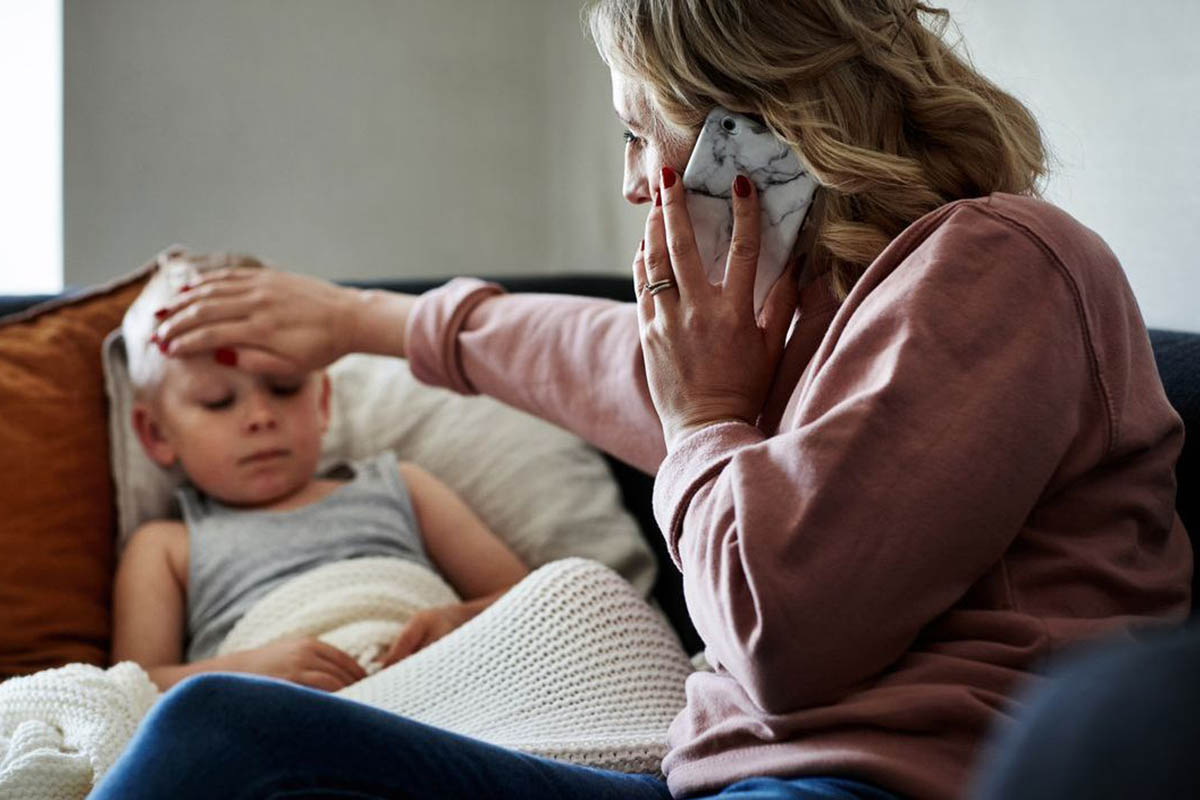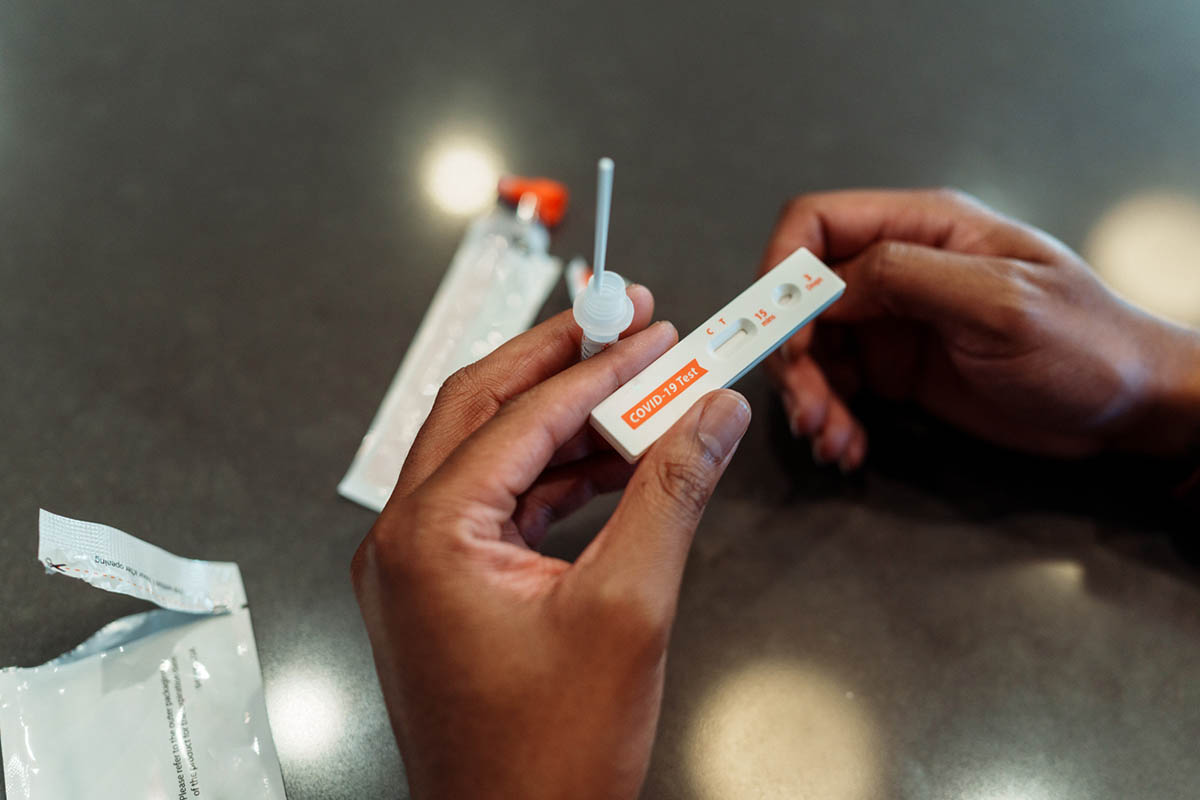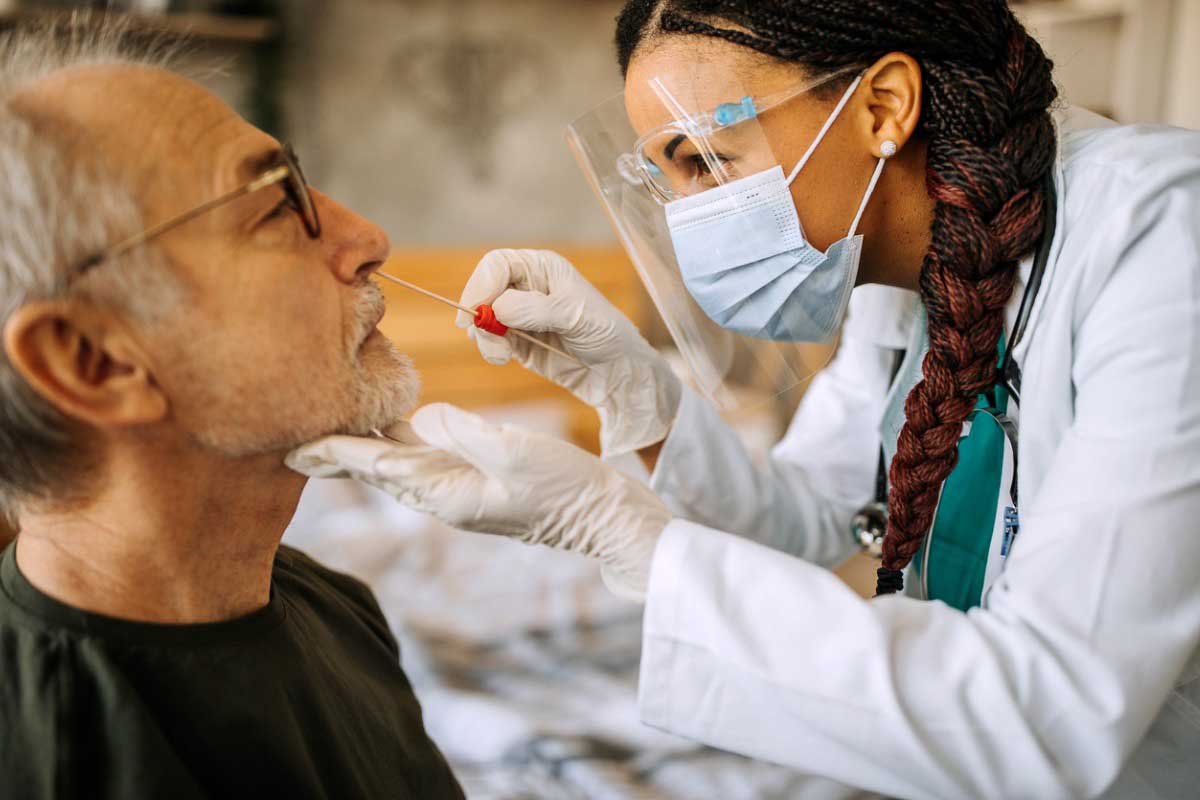
Prim Care Companion CNS Disord 2021;23(6):21cr03067
To cite: Hafi B, Uvais NA. Loss of erection followed by spontaneous ejaculation: a COVID-19 phenomenon? Prim Care Companion CNS Disord. 2021;23(6):21cr03067.
To share: https://doi.org/10.4088/PCC.21cr03067
© Copyright 2021 Physicians Postgraduate Press, Inc.
aDepartment of Dermatology, Iqraa International Hospital and Research Centre, Calicut, Kerala, India
bDepartment of Psychiatry, Iqraa International Hospital and Research Centre, Calicut, Kerala, India
*Corresponding author: N. A. Uvais, MBBS, DPM, Iqraa International Hospital and Research Centre, Calicut, Kerala, India ([email protected]).
Coronavirus disease 2019 (COVID-19) has been found to affect multiple organs or systems in the human body.1 However, the effects of COVID-19 infection on human sexuality are relatively unknown.2 Here, we report a case of loss of erection followed by spontaneous ejaculation in a patient with COVID-19 infection.
Case Report
A 27-year-old man presented to our sexual medicine clinic with complaints related to erection and ejaculation for 2 weeks. He is unmarried and has a girlfriend with whom he is in a long-distance relationship. The problem started soon after he received a positive COVID-19 diagnosis. He felt no erection during the first 5 days of infection but was suffering from a high fever and extreme tiredness during that time. From the sixth day onward, he started developing spontaneous ejaculation irrespective of day or night and not associated with erotic dreams. It happened 3 times on the eighth day. On the day of the visit to our clinic (14th day), he was still complaining of infrequent spontaneous ejaculation. He was treated for COVID-19 infection with oral azithromycin, zinc, and vitamin C. No inpatient care was required. He had no known medical or psychological comorbidity.
Discussion
A study by Sansone et al3 concluded that COVID-19 infection increased the risk of erectile dysfunction by nearly 6 times. Multiple hypotheses were postulated to explain this association such as endothelial damage due to severe acute respiratory syndrome coronavirus 2 (SARS-CoV-2) virus affecting the testes, low testosterone level, and pulmonary fibrosis leading to penile hypoxia. However, no case of spontaneous ejaculation has been reported in COVID-19 infection as of this writing. Spontaneous ejaculation is defined as ejaculation with no sexual stimulation. Spinal cord lesions, psychological causes, rabies, and some drugs are identified as etiologic factors.4 The underlying mechanisms responsible for induction of spontaneous ejaculation may include increased adrenergic activity, overactivity in the dopaminergic system, decreased serotonergic activity, damage of descending inhibitory pathway, and penile hyperexcitability.4 Spontaneous ejaculation may occur in nonsexual circumstances or without an identifiable trigger. Although there is no established mechanism explaining COVID-19 infection and spontaneous ejaculation, a recent study5 about the association of the virus in the dopamine and serotonin synthetic pathway may provide plausible reasoning. Gene coding for coexpression, coregulation, and function of angiotensin-converting enzyme 2 (ACE2; encoding the main receptor to SARS-CoV-2) and dopa decarboxylase (DDC; encoding the enzyme that catalyzes the biosynthesis of dopamine, serotonin, and histamine) are similar. Evidence shows that ACE2 and DDC coexpress and coregulate in non-neuronal cell types. SARS-CoV-2–induced defective expression of ACE2 might be paralleled by a DDC dysfunction, with consequent potentially altered neurotransmitter levels in COVID-19 patients.
Published online: December 9, 2021.
Potential conflicts of interest: None.
Funding/support: None.
Patient consent: Consent was received from the patient to publish this case report, and information has been de-identified to protect anonymity.
References (5)

- Huang C, Wang Y, Li X, et al. Clinical features of patients infected with 2019 novel coronavirus in Wuhan, China. Lancet. 2020;395(10223):497–506. PubMed CrossRef
- Salama N, Blgozah S. COVID-19 and male sexual functioning: a report of 3 recovered cases and literature review. Clin Med Insights Case Rep. 2021;14:11795476211020593. PubMed CrossRef
- Sansone A, Mollaioli D, Ciocca G, et al. “Mask up to keep it up”: preliminary evidence of the association between erectile dysfunction and COVID-19. Andrology. 2021;9(4):1053–1059. PubMed CrossRef
- Abdel-Hamid IA, Ali OI. Spontaneous ejaculation: a focused review for the clinicians. Sex Med Rev. 2021;9(3):406–422. PubMed CrossRef
- Attademo L, Bernardini F. Are dopamine and serotonin involved in COVID-19 pathophysiology? Eur J Psychiatry. 2021;35(1):62–63. PubMed CrossRef
Please sign in or purchase this PDF for $40.




